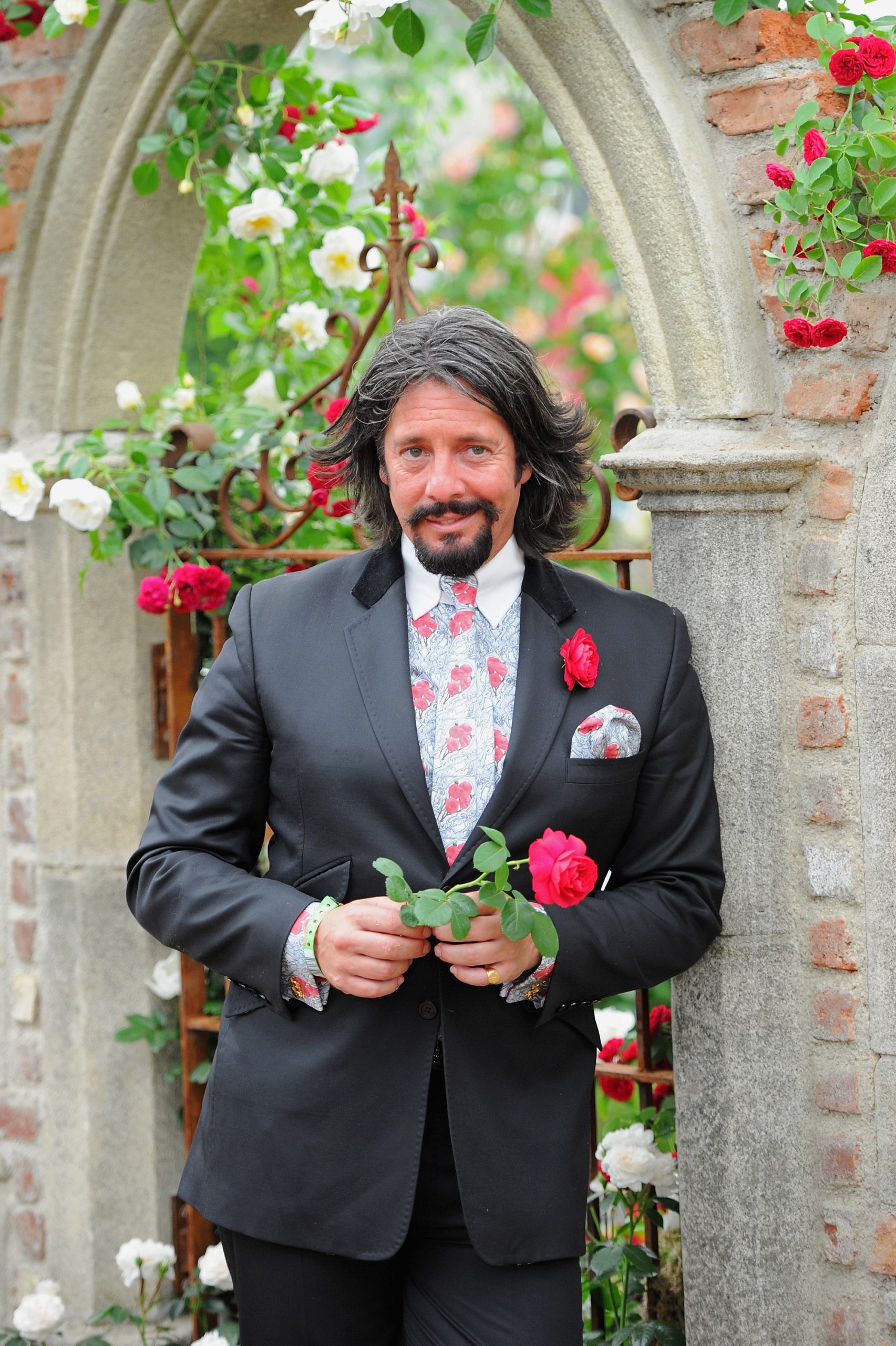
Last week it was announced the Nineties home makeover show Changing Rooms will be returning to our TV screens. Viewers will likely remember the BBC programme for its tearful contestants, whose homes had been defaced in the name of cheap entertainment. But the pastiche impressions that the show’s designers made on these spaces also reflected our contemporary status anxieties: Aztec patterns for the well travelled; velour wall-hangings for the aspirant working class; leopard print cushions for the sexually liberated. Like a latter-day Henry Higgins, the show’s Laurence Llewelyn-Bowen schooled the peasants, giving Baroque makeovers to 1960s ex-locals up and down the country.
The economist and sociologist Thorstein Veblen, in his 1899 work The Theory of the Leisure Class, challenged the pervasive view that beauty – and by extension taste – is objective. Instead, his analysis of why we like what we like found that the dominant class stipulated the rules to which the lower classes were often forced to adhere. He also concluded taste was not just a product of status, but also a means of attaining it.
The explosion of wealth in America and western Europe, and the emergence of mass consumerism that occurred in the 19th century, made Veblen’s observations possible. Later theorists, including Pierre Bourdieu, would elaborate this thinking for a 20th-century context, finding that taste became an even more powerful means of distinction in societies where the traditional class hierarchies had been dismantled and replaced by a system of individualism and social mobility. This is the backdrop against which I first came to think about the home makeover and style shows that proliferated during the late 1990s, including Ground Force, What Not to Wear and, of course, Changing Rooms.
[see also: Renovation-porn: how the housing crisis is driving a new boom in influencer content]
The makeover show’s dramatic surge in popularity in the Nineties coincided with the 1997 election of Tony Blair, whose extensive reforms built on the work of Margaret Thatcher to make social mobility at least slightly more accessible to the poor. To get ahead in Blair’s Britain, however, meant acquiring a certain degree of education and adapting to a culture of white-collar professionalism. Of course, these cultural requirements didn’t encourage true social equality; they were a form of gatekeeping in and of themselves.
Keeping up with the Joneses wasn’t enacted with quite the same level of garish materialism as in the 1980s, but the 1990s nevertheless required its ascendant classes to appear cultured, erudite and well travelled. The makeover show served almost as a public service announcement on how to cheat your way to a level of middle-class respectability, through the application of MDF, terracotta paint or a fake M&S pashmina.
The erosion of class consciousness under Blair and Thatcher deadened our sensitivity to its often vivid displays of snobbery. The thought of Llewelyn-Bowen giving former council houses a Baroque makeover seems like a cartoonish exemplar of Thatcherite absurdity, and yet we lapped it up – week after week. The idea of Trinny and Susannah admonishing junior clerical workers for being tasteless idiots might seem heinous today, and yet it happened in plain sight of an entire nation. How such shows would work after a fairly widespread and profound reawakening of class consciousness isn’t quite clear.
[see also: The appeal of Selling Sunset, a hot, capitalist hellscape]
One possibility is that the new Changing Rooms will feed into a culture where taste no longer serves as a means to achieving wealth, but as a permanent substitute for it. For the generation locked out of home ownership, taste and displays of cultural capital – film posters, “shelfies” and artfully placed succulents in a connoisseur’s piece of earthenware – have become new status symbols, replacing the Golf GTI and Omega watch of yesteryear. Perhaps we can hope to see a hundred new ways to optimise your decrepit rental property for Instagram; spruce up your single-bed box room with a touch of charcoal grey paint.
But the demand for interior design and fashion “insight” during the mid-1990s was partly driven by the scarcity of such information to working- and lower-middle class people. Ironically, and somewhat cruelly, the halls of taste that we were excluded from at the outset were also the ones we had to understand and interpret if we wanted to succeed. Today that information is freely available to us via Pinterest and Instagram. Once upon a time, we also wanted to be told by the pompous man with the bad hair and an unidentifiable art degree how to make ourselves amenable to our bosses and upwardly mobile friends; today, not so much.
In a different social and economic climate, Changing Rooms may well find itself a show out of time and, perhaps more importantly, a show out of viewers. And if I haven’t put you off, perhaps Llewelyn-Bowen’s overuse of midnight blue paint, velour and gilt finishes just will.
Nathalie Olah is the author of “Steal as Much as You Can”, published by Repeater Books
[see also: How the girlboss ruined the romcom]






